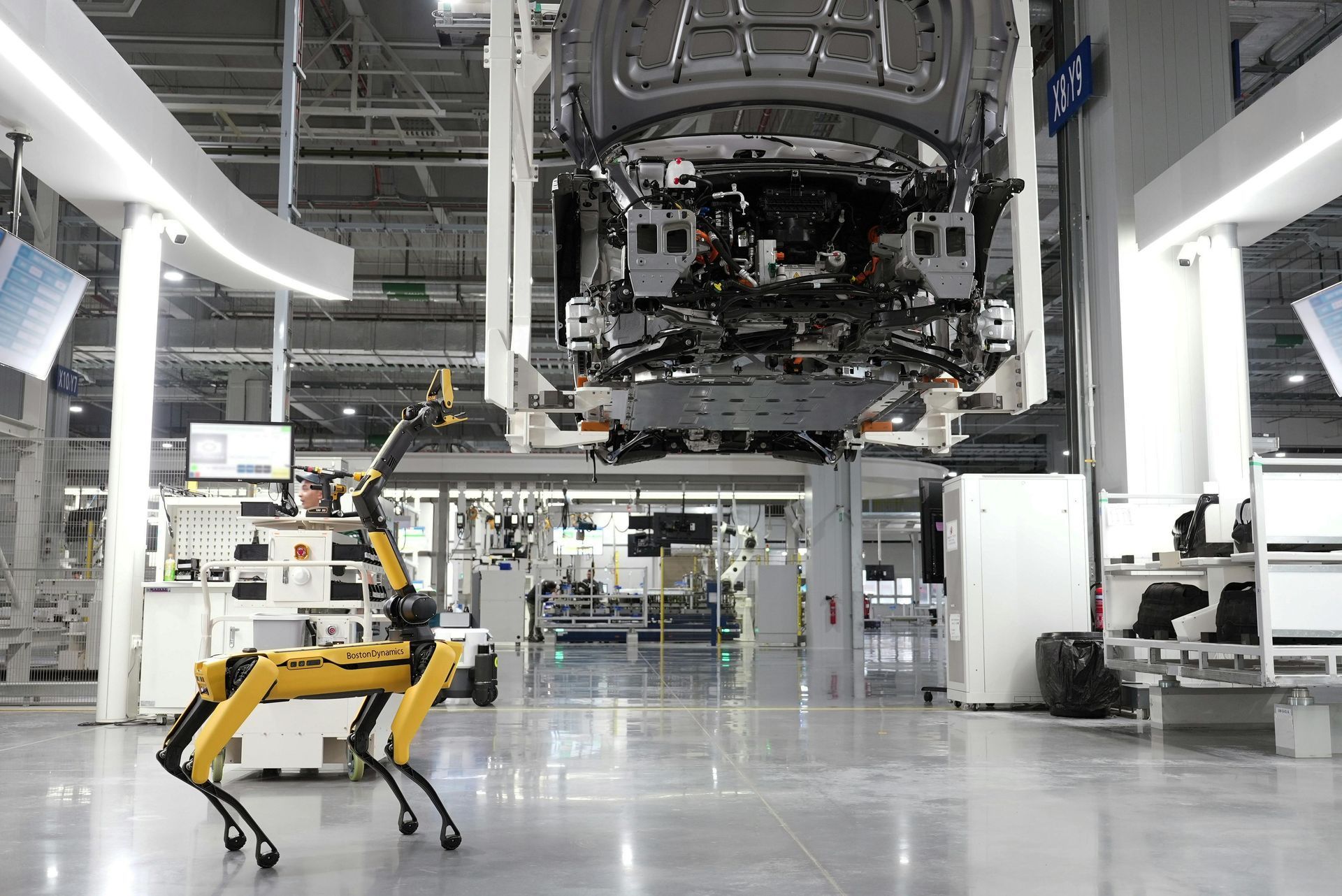Share
The recent rise in oil prices once again stokes the interest in electric vehicles (EV) – and for good reason. They run cheaper, cleaner and on domestic fuel. Some EVs already have a lower total cost of ownership than a gasoline-powered vehicle, and others will follow as production scales up and unit pricing drops. Unfortunately, in the current regulatory environment, EV adoption in the U.S. will not happen in scale because, in most states, utilities have no meaningful financial incentive to sell electricity to EV owners, yet they bear all the risk of any local system overload from newly increased demand.
With all the risk and no reward for utility companies, economic incentives don’t support innovation. Reading newspaper headlines about auto company needs and government announced investments, it’s easy to think that technology and infrastructure are the constraints. Clear thinking and an analysis of the situation on the ground show that the U.S. isn’t technology constrained or capital constrained, but collaboration constrained. A review of the numbers shows that with tremendous profit potential, something must be keeping U.S. businesses down – and out of the good fight.
Though the U.S. has sufficient reserve electricity capacity, it has almost no electricity market for transportation. The market for petroleum-based fuel used for U.S. transportation is about $540 billion when gasoline is just under $3 per gallon. Close to two-thirds of that, or $350 billion worth of fuel, is imported. The U.S. electricity market is also $350 billion – about thirds the transportation fuel market in size – and electricity demand grows slowly, at less than the pace of GDP. If you’re a CEO selling a slow-growth commodity, and you see a market 50 percent bigger than your current market – and with faster growth with uptake from current customers – you’d probably look for a way to enter that market.
At daytime, in a slightly high-priced region such as New York state, rates are 11 cents per kilowatt-hour (kWh). A Nissan Leaf only consumes 0.24 kWh per mile (according to the FTC and Nissan), which means that an EV owner in New York is paying about 2.5 cents per mile. By comparison, the owner of a 25-mpg car pays 12 cents per mile, with gas priced at $3 per gallon. Put another way, the Leaf consumes 66 cents per gallon equivalent of electric energy, instead of burning $3 worth of gasoline. In New York City where electric customers pay 22 cents/kWh – close to the highest in the nation – the Leaf would run at $1.32 per gallon equivalent. This is a staggering savings in fuel costs, which makes electricity look like an excellent replacement for gasoline.
Now imagine that utility CEO looking at a market 50 percent larger, where customers could save massively by switching to the utility’s fuel.
If the utility suddenly starts making more profits by selling electricity overnight for EVs, regulators will force the utility to return to ratepayers any excess income.
It gets better. While wholesale gasoline prices fluctuate only a few percent per month, there are substantial fluctuations in electricity price within a 24-hour period, because the U.S. builds electric generation capacity for a small peak period during the year – totaling roughly 80 hours – and demand is consistently low at night. During downtime, the country has significant unused capacity, and wholesale prices for electricity can drop by 80 percent every night. If a utility that sells electricity by day at 11 cents/kWh could sell it at night to EV drivers for the same rate by using time-of-day pricing, the utility would be selling a highly cost-competitive fuel source at a massive gross profit.
As a utility executive, if EV adoption would help you sell an environmentally friendlier replacement to gasoline at $1.32 per gallon into a market 50 percent larger than your current market, all while making outsized profit margins, you’d be parked on the doorstep of every major auto company championing for EVs. The auto companies would have multi-year waiting lists for EVs, thanks to orders from electric utilities. Yet this isn’t happening, because, for most utility executives, their companies could keep almost none of the windfall profits. Yet, utilities would bear all the risk of potential outages from EVs drawing outsized loads. With all the risk and no reward for utility companies, the economic incentives in the current utility business model don’t support innovation.
The U.S. utility regulatory structure is more outdated than the grid. The regulatory structure, different in every state, was set up to ensure that regulated monopolies weren’t able to charge prices in excess of what a competitive market would have established. Most utilities in the U.S. are regulated to have a fixed rate of return on capital investments, so their real incentive is to deploy capital, not sell electricity. Utilities make the case for new capital deployment and rate increases to regulators – arbitrators and protectors of the consumer – and rates are set so costs are allocated to rate payers.
If utilities need more money to invest in the grid or in generation, they make the case, regulators approve, and rates go up. If fuel prices go up, rates go up. Inversely, if the utility suddenly starts making more profits from existing infrastructure – for instance by selling electricity overnight for EVs – regulators will force the utility to return to ratepayers any excess income. This has some validity, as the ratepayers funded all of the infrastructure to support a sudden new market opportunity.
In our analysis, a New York utility could see $80 million per year in gross profits if just 10 percent of customers in one of its districts switched to EVs, and if the utility could sell electricity for overnight charging at daytime rates. This would be a significant cash flow with which to attract private capital for infrastructure while subsidizing the EV market to jump-start it beyond early adopters. If the idea of subsidizing a car for a long-term fuel contract sounds foreign, think about your cell phone and cable box; both are heavily subsidized for the long-term contract.
Would you consider buying an EV if it came with a 5-year guarantee of $1.32 per gallon equivalent of electricity? If EVs win 1 percent of the market share for ground transportation, it will eliminate more than $5 billion from the U.S. trade deficit.
Making markets may not sound as headline-sexy as investing in new technology, yet it’s tremendously valuable from many perspectives – federal, local, corporate shareholder, and consumer. Making a market harnesses the power of entrepreneurs and capitalists to get the job done – and they raise the necessary financing. Utility CEOs should see EVs as a way to grow their electricity sales beyond the rate of GDP.
With time-of-day pricing, EV charging allows utilities to expand cash flows and maximize existing capacity, therefore increasing both net income and valuation multiples – all while greening their communities. At the same time, regulators and consumers can see that sharing profits from EVs with rate payers would bring down average consumer price per kWh, and reduce the need for rate payers to fund EV infrastructure because new outside capital can be raised thanks to new cash flows. And everyone should see the value of using more domestic fuels to power our cars.
If electricity captured just 1 percent of the market share for ground transportation fuel, America would eliminate more than $5 billion in trade deficit. Bringing just 1 percent of the transportation fuel market to American suppliers would be like creating an entirely new Fortune500 company – with fully domestic jobs.
There are many ways to capture new markets. It takes leadership from the top, in-depth analysis, and planning around local market needs and situations, and real determination to make something happen. Few good things come easily or instantly. As any race car driver will tell you, around some corners you have to go slow in order to go fast around the whole track.
About the Authors: Rafi Musher is CEO of Stax, a global strategy consulting firm that focuses on strategic, tactical, and advisory services. He also leads Stax’s Development Corp, providing turnkey solutions for complex energy initiatives. Nora Brownell is a former FERC Commissioner and founder of BC Strategies.






